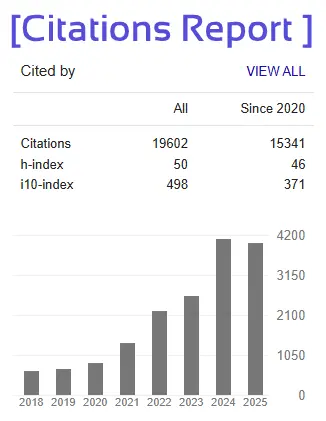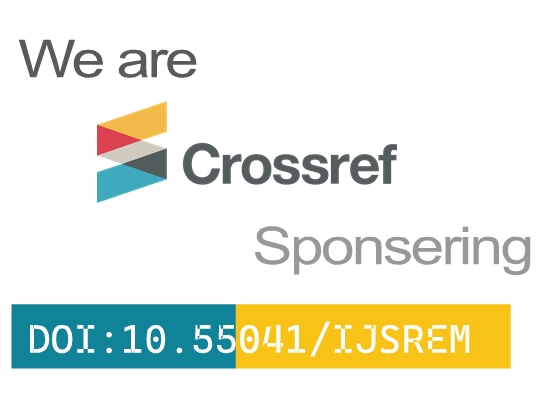Milk Quality Prediction using Machine Learning
Mrs Uma H R Shreedhara G T
Associate Professor 20CSE075
Computer Science & Engineering Computer Science & Engineering
BGS Institute of Technology BGS Institute of Technology
Adhichunchanagiri University Adhichunchanagiri University
ABSTRACT-
In recent years, the dairy industry has undergone significant technological advancements to improve milk quality assessment and ensure consumer satisfaction. Traditional methods for evaluating milk quality often rely on manual testing procedures, which are time-consuming and prone to human error. To address these challenges, this paper proposes a novel approach that combines hardware-enabled sensors with machine learning techniques for accurate and real-time prediction of milk quality parametersThe proposed system integrates state-of-the-art sensors capable of measuring key indicators such as pH level, electrical conductivity, temperature, and fat content in milk samples. These sensors are interfaced with a microcontroller unit (MCU) to capture and preprocess the raw data before transmitting it to a machine learning model for analysis.
To develop the prediction model, various machine learning algorithms, including but not limited to, support vector machines (SVM), random forest, and artificial neural networks (ANN), are trained and evaluated using a comprehensive dataset comprising milk quality measurements from diverse sources. The performance of each model is assessed based on metrics such as accuracy, precision, recall, and F1- score to identify the most suitable algorithm for milk quality prediction.
Furthermore, to enable real-time prediction capabilities, the selected machine learning model is optimized and deployed on a low-power embedded platform, ensuring efficient utilization of computational resources while maintaining high prediction accuracy. The proposed hardware-
enabled solution offers several advantages over traditional methods, including reduced testing time, improved accuracy, and cost-effectiveness.
Experimental results demonstrate the effectiveness of the proposed approach in accurately predicting milk quality parameters, thereby facilitating timely decision-making and enhancing overall productivity in the dairy industry. Moreover, the scalability and flexibility of the proposed system make it suitable for integration into existing milk processing facilities, paving the way for widespread adoption and commercialization.







